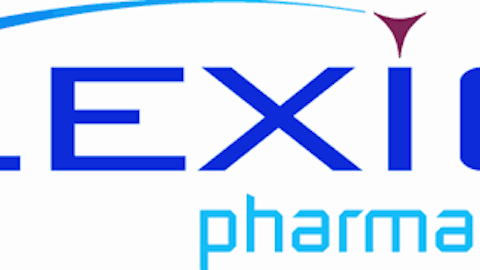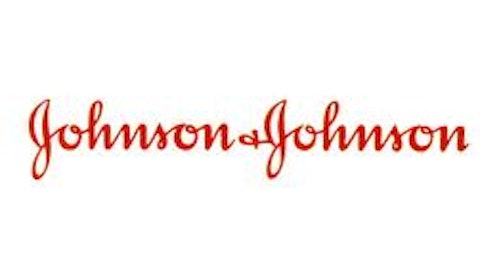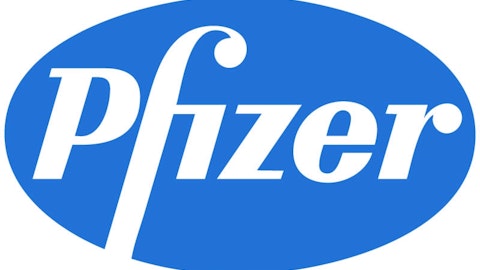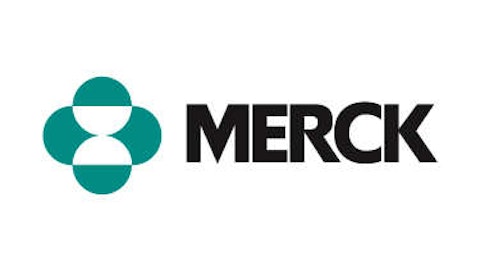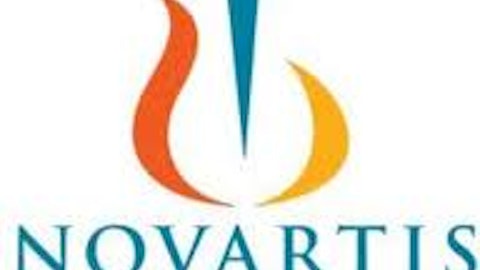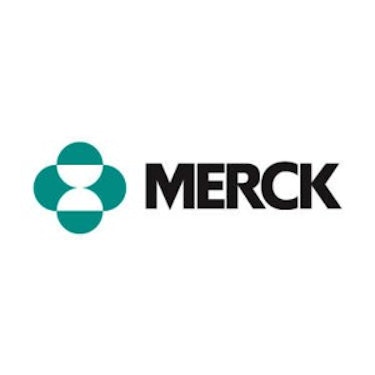
Merck highlighted its top five late-stage projects during the full-year 2011 conference call last February: sugammadex, insomnia treatment suvorexant, HPV vaccine V503, osteoporosis drug odanacatib, and cholesterol drug Tredaptive. All of these drugs have since encountered major problems, and investors are nervous.
Merck & Co., Inc. (NYSE:MRK) has spent $8 billion a year for research and development, but currently has little to show for it. Can the newly returned Perlmutter rescue Merck’s R&D?
Sugammadex hits a bump
Sugammadex is meant to reverse the after-effects of muscle relaxants administered during surgery. If approved, sugammadex would become a first-in-class selective relaxant binding agent, or SRBA. But the drug has had Food and Drug Administration issues since its first new drug application was filed in 2008.
While an early advisory panel had recommended the drug, the FDA issued a “not-approvable” action letter due to allergic reaction concerns. The resubmitted NDA was accepted earlier this year before the panel was cancelled this week. A panel cancellation doesn’t immediately equal the failure of the drug.
But the cancellation serves as one last potential setback for the top five drugs that Merck & Co., Inc. (NYSE:MRK) touted as its late-stage future. Let’s look at what happened to the other four.
Faltering four
The highly anticipated insomnia drug suvorexant recently received a complete response letter centered around dosing. The FDA found that Merck & Co., Inc. (NYSE:MRK)’s suggested 30 to 40 mg dosage was not supported by enough safety data to warrant approval. A low dose of 10 mg was recommended for most patients, but 5 mg was recommended for those taking certain medications that could cause a drug interaction.
Merck said that additional safety or efficacy trials aren’t needed for the 10 mg dose but will require a manufacturing study. The FDA could require additional trials for the 5 mg dosage. Merck’s currently in talks with the FDA to determine the next step for suvorexant.
HPV vaccine V503 hasn’t hit a regulatory roadblock, but it could prove unnecessary. V503 is meant to back up Merck’s market-dominating Gardasil vaccine while offering protection from an additional six genotypes of the disease. But there’s reason to believe that those extra genotypes don’t need to be covered, which would make V503 redundant at best.
Merck & Co., Inc. (NYSE:MRK) announced in the fourth quarter 2012 report that osteoporosis drug odanacatib required some additional safety and efficacy trial from an extension study. That meant pushing back the regulatory filing from the first half of this year to some time in 2014. Merck remained mum on exactly why it was necessary to gather more information.
But all of these drugs have fared better than the heart drug Tredaptive. Merck had to pull the drug from the market earlier this year due to poor efficacy, and potential side effects including infection and bleeding. The drug was cancelled before it sought approval in the U.S. but was sold in 40 countries before its withdrawal.
Perlmutter potential?
Investors started calling for Peter Kim’s head after the odanacatib delay and Kim soon announced his forthcoming retirement in August. Roger Perlmutter was brought in as Kim’s replacement. Perlmutter previously worked at Merck as a senior researcher but then moved on to Amgen, Inc. (NASDAQ:AMGN), which shuffled him out last year after more than a decade.
While at Amgen, Inc. (NASDAQ:AMGN), Perlmutter was behind a number of acquisitions that thickened Amgen, Inc. (NASDAQ:AMGN)’s late-stage pipes. But now Perlmutter finds himself in the unenviable position of having to revive an R&D department without raising expenses much higher.
Merck & Co., Inc. (NYSE:MRK)’s research expenses are already among the highest in pharma. The company’s research expenses to revenue ratio equals about 17%. Compare that to 14% for Sanofi SA (ADR) (NYSE:SNY), which has a stronger slate of late-stage products and the $4 billion insulin Lantus in its portfolio. Amgen spends about 20% on development, mostly due to Perlmutter’s acquisitions, but the company at least has the pipeline to show for it.
Back at Merck, Perlmutter’s starting with cuts to research jobs and a restructuring of departments, which may provide the financial wiggle room for actual innovation. But it will be some time before we have a clear picture of Perlmutter’s version of Merck.
Foolish final thoughts
Merck’s product portfolio took a major hit with last year’s Singulair patent expiration. And the remaining improved products include a mix of winners and losers. It’s vital that Merck strengthen the pipeline, and bringing in Perlmutter is a step in the right direction.
The article Merck’s Late-Stage Breakdown originally appeared on Fool.com and is written by Brandy Betz.
Brandy Betz has no position in any stocks mentioned. The Motley Fool has no position in any of the stocks mentioned. Brandy is a member of The Motley Fool Blog Network — entries represent the personal opinion of the blogger and are not formally edited.
Copyright © 1995 – 2013 The Motley Fool, LLC. All rights reserved. The Motley Fool has a disclosure policy.
